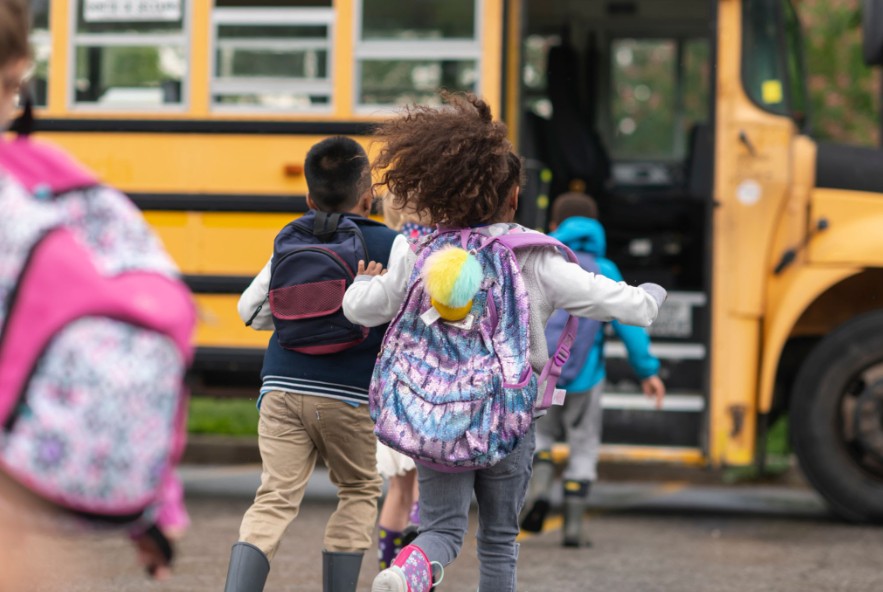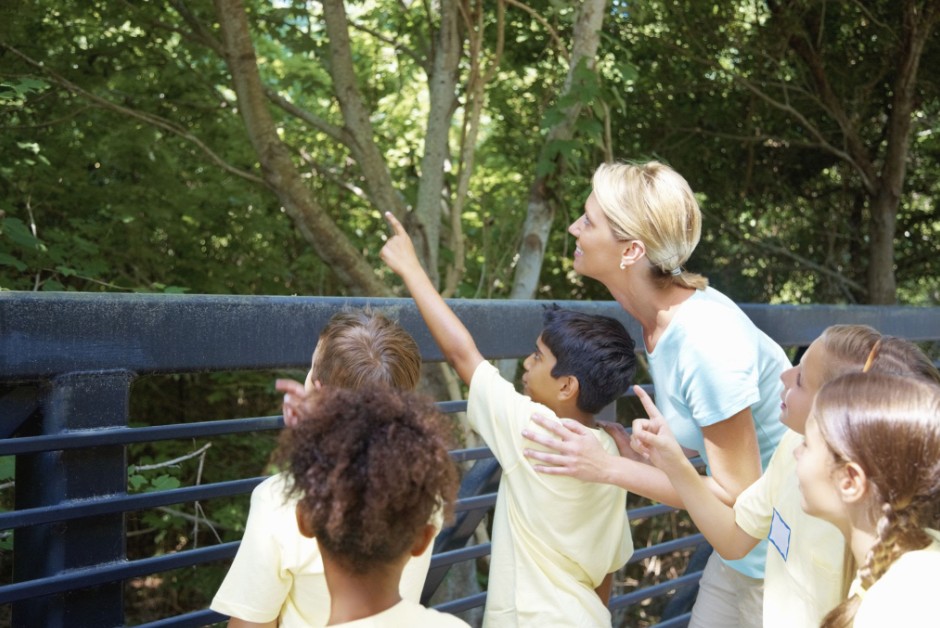

Zoo field trips offer students an incredible opportunity to see animals up close, learn about diverse habitats, and explore biodiversity in ways that no classroom lesson can replicate. For elementary students in Grades 1–5, these experiences can transform abstract concepts into tangible, memorable learning moments. However, without careful planning, trips can become underwhelming and less educational. This guide explores how to maximize learning at every stage of a zoo field trip.
Start by identifying clear learning objectives that align with your curriculum. Focus on specific goals like observing animal behaviors, understanding adaptations, or practicing observation and recording skills. These objectives become the backbone of your worksheets, activities, and discussion prompts throughout the visit.
Many zoos offer specialized school programs with trained educators who can lead guided tours or interactive demonstrations. By coordinating with zoo staff early, you can access teacher resource packets, learn about safety protocols, and discover age-appropriate activities that enhance your specific learning goals.
When students arrive already familiar with the animals they'll see, they're primed to observe more carefully and ask better questions. Introduce the animals, their habitats, diets, and behaviors beforehand. Practice observation and note-taking skills in the classroom. Resources like zoolife.tv allow students to virtually meet animals before encountering them in person, building excitement while ensuring they're ready to learn actively.
Organizing students into small groups dramatically improves both supervision and engagement. Assign specific roles to give every student a purpose:
This structure encourages collaboration while ensuring active participation.
Provide observation sheets that prompt students to notice specific details about animal behavior, appearance, and habitat features. Use comparison charts to help students analyze differences between species based on diet, movement patterns, or social structures. Throughout the visit, ask thoughtful questions: How do these animals move and interact? What adaptations help them survive? How does the zoo protect endangered species? These questions encourage critical thinking and help students connect observations to broader themes in science and social studies.

Many zoos provide apps or QR codes that students can scan to learn more about species. Taking photos or videos creates material for later classroom analysis. Some teachers have students compare in-person observations to what they watched on virtual animal cameras like zoolife.tv, bridging the gap between classroom lessons and real-world experiences.
Take time to reflect and discuss the experience when you return. Ask students to share favorite observations or surprising behaviors. Creative projects help consolidate learning: students might draw habitat maps, write reports about specific animals, or create posters about endangered species and conservation efforts. These projects integrate literacy skills, creativity, and critical thinking.
Zoo observations provide authentic opportunities to reinforce math skills. Students can count and categorize behaviors, then create graphs to represent their data. They might compare group sizes or analyze feeding patterns. Using real data from their observations helps students see the practical relevance of math in understanding animals and ecosystems.
Even the best educational activities require attention to safety and logistics:
Small touches make a zoo trip truly memorable. Encourage students to create a class journal with photos and sketches. Use scavenger hunts to add excitement and friendly competition. Incorporate sensory learning by discussing animal sounds and movements. These engaging activities help students retain information long after the trip ends.
Zoo field trips offer elementary students direct exposure to animals, habitats, and conservation efforts that can't be replicated in the classroom. The key to success lies in setting clear objectives, preparing students in advance, organizing small groups with assigned roles, using technology like zoolife.tv strategically, and facilitating meaningful reflection afterward. With thoughtful planning and structured support, zoo field trips become unforgettable experiences that connect classroom learning to the real world.